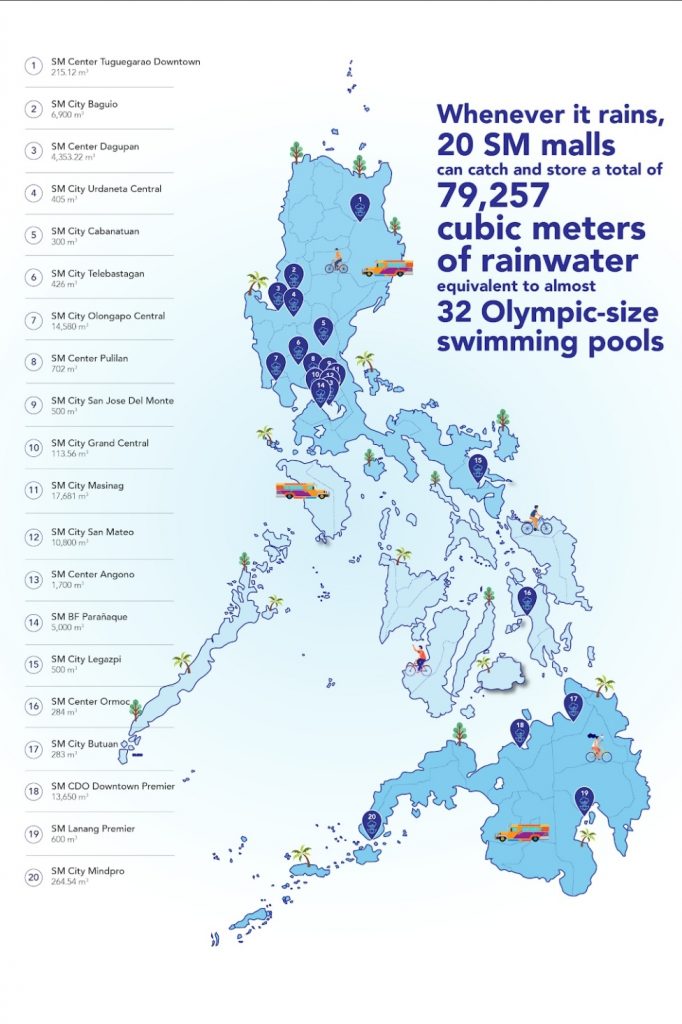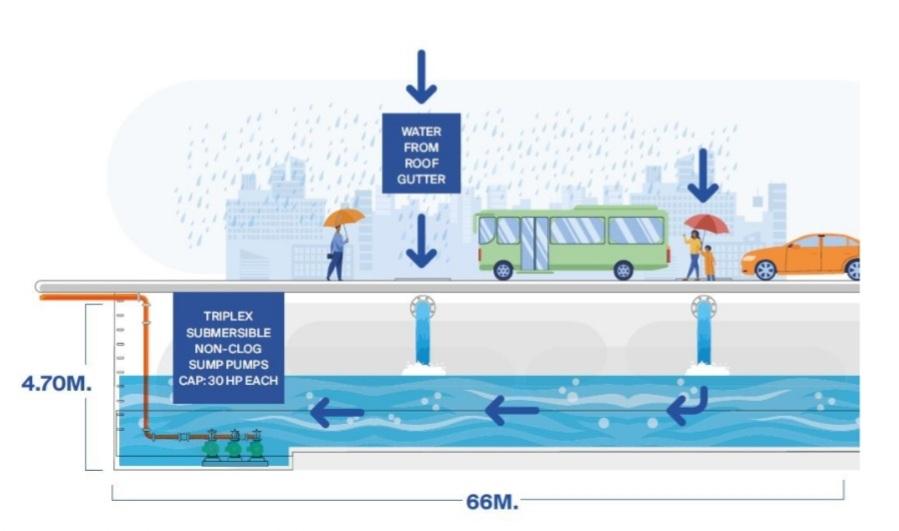
Climate change is real, and Filipinos are among those who have experienced the devastation it has caused in their daily lives. With roughly 20 typhoons per year, the Asian Development Bank estimated that the overall cost of storm damage will be around US$20 billion between 1990 and 2020. It produces a brief disruption owing to mass evacuations, which result in an annual drop in gross domestic product of 2-8 percent.
Despite the constant damage experienced during natural disasters, Filipinos tend to see the lighter side of life and are frequently cited as one of the world’s happiest people. However, according to the newest UN Intergovernmental Panel on Climate Change study, things are set to become worse as the earth heats up, speeding up the consequences of climate change and making the Philippines more prone to extreme changes in weather patterns.
The Philippines receives over 2,400 millimeters of rain each year on average, making it one of the world’s wettest countries. While this is a concern for the country, there is a silver lining in that it may also be a solution to the country’s water shortage. However, the Philippines now gathers just around 6% of its rainwater, compared to India, which harvests over 60% of the 700-millimeter average annual rainfall it receives.
Rain Water – a friend or a foe?
Water is a scarce resource. The United Nations Sustainable Development Goal number 6 identifies access to clean water as one of the global priorities to be achieved by 2030. Aligned to its environmental responsibility programs, SM takes a closer look at the use of water and how it can be turned from a foe to a friend.
SM builds its malls and integrated lifestyle cities with resilience and sustainability in mind. Understanding the value of water, SM builds rain water catchments in its malls to harvest large volumes of rain water particularly in flood prone areas.

“We approach it two ways: resilience – to help communities be flood free; and sustainability – to optimize water which is a scarce resource so we can use it for other purposes rather than just waste it,” says Architect Fides Garcia-Hsu, Vice President at SM Engineering Design and Development.
Vermont Park and Vermont Royale are two communities that once saw rain as a foe. Every time it rained, their neighborhoods ended up under water, damaging their homes. Today, home owners welcome the rain as water that can be harvested and stored for future use. The reason? SM City Masinag’s rain water catchment facility! It has a 17,681 cubic meter water capacity. The two communities connected their drainage systems to the mall which is equipped with three 30HP submersible pumps which are used to pump out accumulated rain water.
“Wherever SM is, we try to help our communities become resilient to changing weather patterns,” explains Arch. Garcia-Hsu. “Nationwide, we have 20 malls equipped with rainwater catchment facilities that help rain water management to avoid flash floods for surrounding communities.”
As a company SM invests 10% of its capital expenditure to integrate disaster resilient and sustainability features in its malls and integrated lifestyle city designs. “We take a long-term view on resilience and when we talk about sustainability, we look at how we can address perennial problems like flooding and address systemic change,” Arch. Garcia-Hsu expounds.
Serving as pioneers in the installation of rain water catchment facilities, SM was instrumental in the passing ordinances and inclusion of the installation of water catchment facilities for developments by regulatory bodies. In recent years, Senator Manny Pacquiao passed the ‘Rain Water Harvesting Act – Senate Bill 1309’ mandating the establishment, maintenance and management of rain water harvesting systems in the country.
“Aside from building resilient infrastructure, we also build the resilience of our stakeholders by providing disaster preparedness training through our SM Cares programs,” shared Chito Bauzon, SM Cares Marketing Asst. Vice President. “We have programs targeted to senior citizens and those with special needs as they are the ones left most vulnerable during times of calamities.”
Typhoons are projected to get stronger as a result of more rainfall as a due to climate change. With more Filipinos flocking to cities, the Philippines will need to modify old cities for resiliency or create new sustainable communities to ultimately live in a flood-free environment.

No Comments